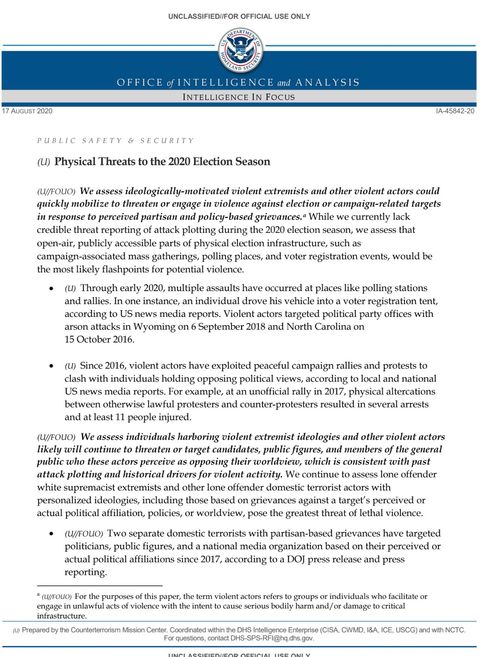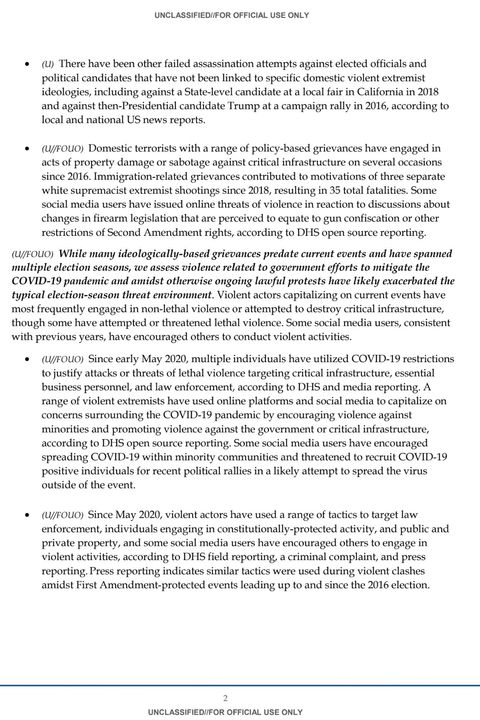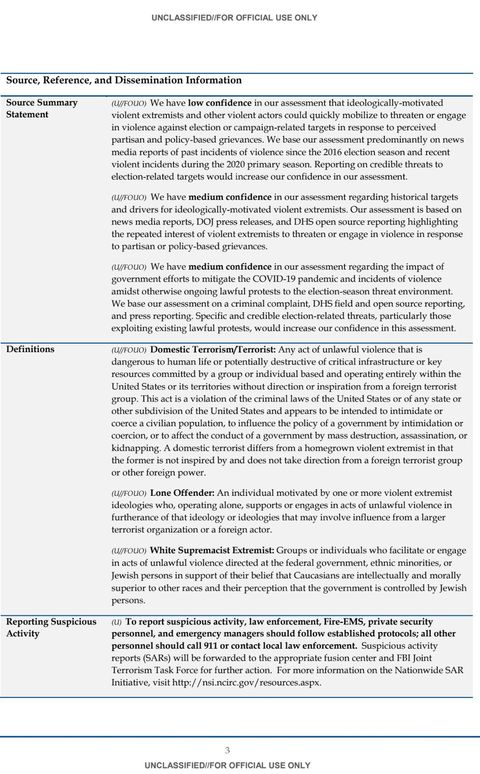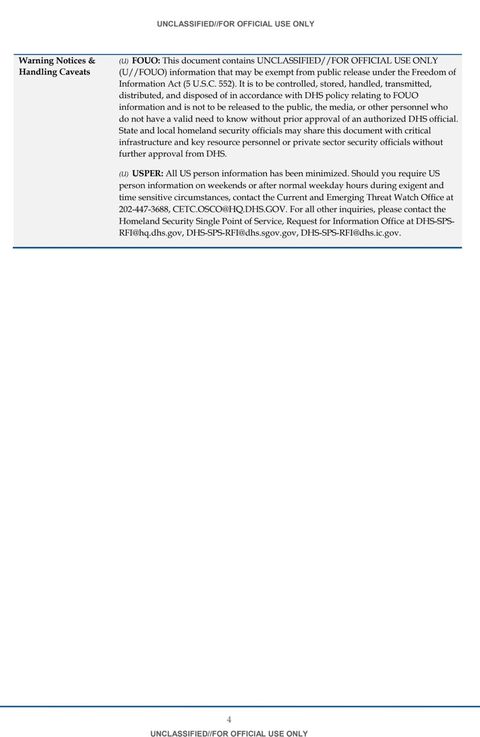DHS MEMO WARNS OF WHITE SUPREMACIST TERROR TARGETING ELECTIONS
September 5, 2020 by ABNER HÄUGE
Share this article:
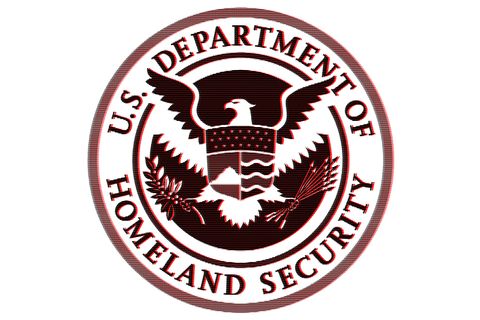
EDITOR’S NOTE :
Scans of the full memo obtained by LCRW can be viewed at the bottom of this article.
A memo published by the Office of Intelligence and Analysis (OIA), part of the Department of Homeland Security, on August 17th says that violent extremists motivated by ideologies like white supremacy “could quickly mobilize to threaten or engage in violence against election or campaign-related targets in response to perceived partisan and policy-based grievances.”
The memo says that while the OIA aren’t aware of a specific plot to attack the election physically, “open-air, publicly accessible parts of physical election infrastructure,” such as campaign and voter registration events, “would be the most likely flashpoints for potential violence.”
Right wing propaganda outlets have long pushed racist myths about undocumented immigrants and Democrats conspiring to steal elections and this paranoid myth is being weaponized by Trump Administration. Plans by far-right groups to intimidate votes aren’t unheard of. Militia groups like the Oath Keepers, whose leader sat front row at a Trump rally last year, have made plans to patrol polling places before.
The OIA document does a “both sides” about who they think will act violently, leading the report with examples of GOP offices targeted by arsonists. However, they specifically name “white supremacist extremists” and say more generally those with “personalized ideologies, including those based on grievances against a target’s perceived or actual political affiliation, worldview pose the greatest threat of lethal violence.” They cite “immigration-related grievances” as among the deadliest referencing three white supremacist mass-shootings since 2018 that have killed 35 people.
“Even from a purely objective POV these right wing groups have a verified body count that is growing in real time. The same for their opposition is simply not true,” an election security source who spoke with LCRW on condition of anonymity said.
One study released in July by the Center for Strategic and International Studies found right-wing extremists murdered 329 people in the last 25 years while antifascists murdered zero.
“We’ve never been asked to investigate anarchists or Antifa threats. Maybe I’m lucky ended up in a group not infiltrated by CHUDs with command authority. The people I work with are very serious, and most of all, apolitical in the execution of their work,” the election security source told LCRW. ‘CHUD’ is a popular internet slang-term for right-winger.
The OIA also mention extremists threatening violence online in reaction to “changes in firearm legislation that are perceived to equate to gun confiscation.” This has been a hobby-horse of the militia movement in the past and its current incarnation, the Boogaloo Movement, now. Boogaloo boys have been arrested for plotting a bombing at Black Lives Matter rally in Las Vegas and one used a Black Lives Matter rally in Oakland as cover to murder a federal security officer. A Boogaloo boy was recently arrested and had over a hundred guns confiscated over threats he made to a Santa Clara County health official.
The memo says that while much of the hostility motivating extremists’ grievances “have spanned multiple election seasons,” COVID-19 is a major factor. “Since early May 2020, multiple individuals have utilized COVID-19 restrictions to justify attacks or threats of lethal violence” targeting essential business personnel, law enforcement, and infrastructure, the memo reads. It references violent extremists using the pandemic to “encourage violence against minorities” and even “encouraged spreading COVID-19 within minority communities” and “threatened to recruit COVID-19 positive individuals for recent political rallies” to spread the disease to their political opposition.
COVID-19 saw a massive uptick in conspiracy theory-mongering, particularly QAnon, the pro-Trump conspiracy cult with two murders, an organized child abduction ring and at least one act of terrorism tied to it.
The OIA also emphasizes that social media users “have encouraged others to engage in violent activities.” They say extremists are using “a range of tactics” to do violence and are targeting law enforcement and people engaging in “constitutionally-protected activity,” saying “similar tactics were used during violent clashes amidst First Amendment-protected events leading up to and since the 2016 election.”
Political violence has indeed been escalating for the last four to five years. One can easily trace the ramping up of right-wing extremist violence at so-called “free speech” rallies in 2017 to the deadly Unite the Right rally in Charlottesville that year. More recently there have been over 60 car attacks on Black Lives Matter protesters in the wake of renewed protests this summer. I’ve seen time and again these attacks are rationalized, justified, and celebrated on far-right social media–not just by extremists with an agenda to push but by ordinary people who get caught up in the belief system.
So how confident are the OIA about these threats? They say they have “low confidence” that that “ideologically-motivated violent extremists” can mobilize quickly to do violence based around the election and that “reporting on credible threats to election-related targets would increase our confidence in our assessment.” They say they have “medium confidence” in their assessment of what’s historically motivated the extremists they’re tracking. They also have “medium confidence” in their assessment of the government efforts to mitigate the pandemic and violence related to the ongoing protests across the country. They say they’d have more confidence if they got “specific and credible election-related threats, particularly those exploiting existing lawful protests.”
“It squares against the activity I’m seeing from right-wing terrorist orgs. It shows an accurate assessment of the current threat landscape in regards to right wing threat actors being, by far, the most significant threat to the election process. It confirms what I’ve been seeing as well, outside of the context of my security work,” the election security source told LCRW.
The source said the public shouldn’t dismiss this report just because of the “low confidence” rating at the end.
“I would say that was an editorial addition that highlights the divide between those in the trenches collecting the intel and those who are manipulating the dissemination of critical intel for political gain,” the source told LCRW. The source says documents like this have a final review by someone who doesn’t receive input from the original researchers.
The source said there “seems to be a distinct effort to suppress this information, and minimize its impact.” They said the “low confidence” label “does not align with the reality of the situation, or best case, mischaracterizes the severity of the threat.”
“There is a vacuum between us the analysts and the people who should be informed as to what we are seeing. We know damn well why they’re minimizing the confidence of that report and it’s very frustrating. But that is an obvious addition to the report made by someone with editorial power, and to be honest, kind of a ‘fuck you’ to the people who did the work,” the source said.
“There is no consensus on that being ‘low confidence. I would say quite the opposite. Analysts have been pointing this out for a long time. We have plenty of evidence. Confidence among my peers is high there’s no doubt that these threats intend to violently disrupt and erode confidence in our election process.” the source told LCRW. “The point is, this is real–these threats exist.”
